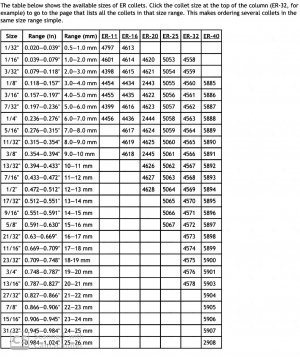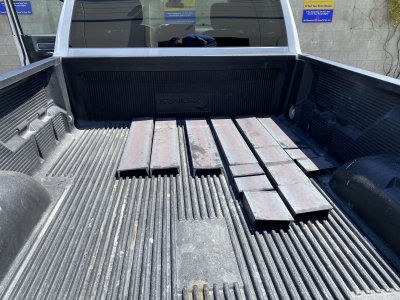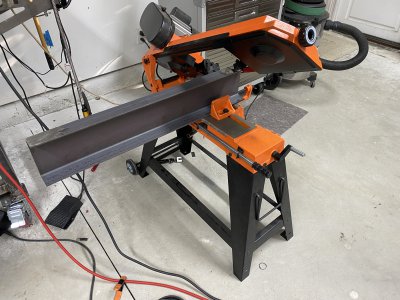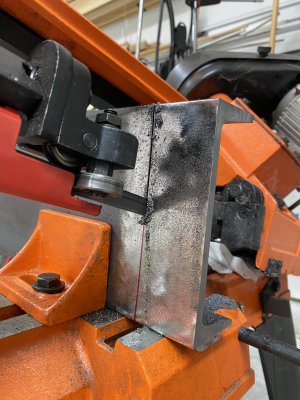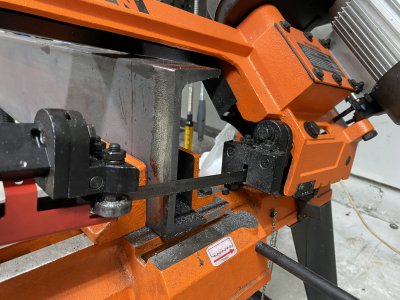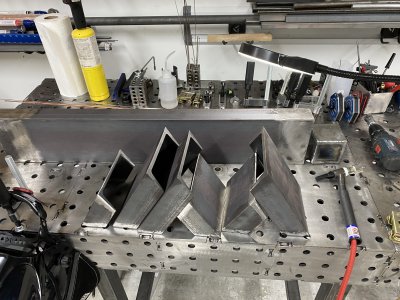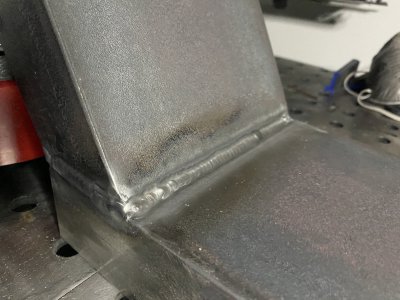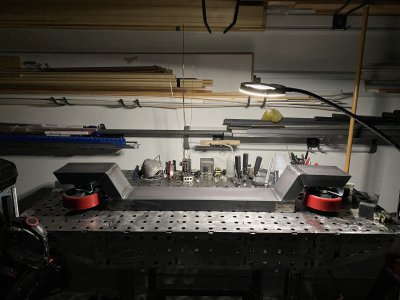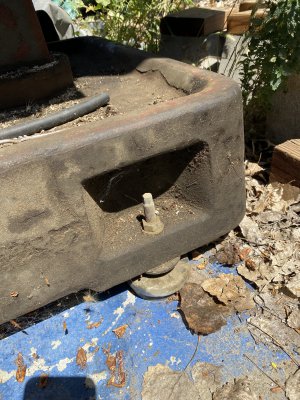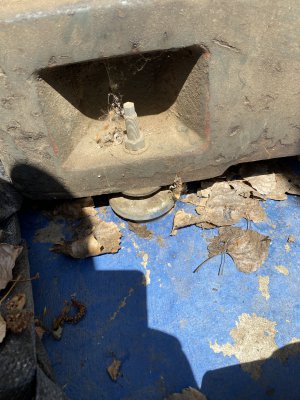- Joined
- Nov 24, 2014
- Messages
- 3,227
Excellent picture there @Charlieman22.
I'm not concerning myself with the end of the devise that holds the end mill (or other tool), except to say that ER is a good place to start, but with the opposite end that is pulled into the taper by the drawbar.
The pictured holder includes a "pull stud" which would be gripped and pulled by a drawbar typically used in a machining center with an automatic tool changer. The WEBB in question does not have an automatic tool changer and I suspect it does not use pull studs.
With the pull stud removed, the holder has threads where a threaded drawbar can be mated to pull it into the taper. Some different holder specs have different threads and lengths. You would need a draw bar with the correct thread and of the correct length to pull different holders.
I'm not concerning myself with the end of the devise that holds the end mill (or other tool), except to say that ER is a good place to start, but with the opposite end that is pulled into the taper by the drawbar.
The pictured holder includes a "pull stud" which would be gripped and pulled by a drawbar typically used in a machining center with an automatic tool changer. The WEBB in question does not have an automatic tool changer and I suspect it does not use pull studs.
With the pull stud removed, the holder has threads where a threaded drawbar can be mated to pull it into the taper. Some different holder specs have different threads and lengths. You would need a draw bar with the correct thread and of the correct length to pull different holders.


